A regional financial services firm offering wealth management, retirement planning, investment strategies, and insurance solutions. With over two decades of experience, the company is known for its personalized approach and long-standing client relationships. They originally developed their own CRM to align with strict data privacy standards and operational workflows.
Increase in CRM feature adoption
Faster customer data processing
Reduction in manual data entry
Data migration accuracy
The Chalange
The company had long relied on a custom-built CRM system tailored to their specific workflows. Initially developed to ensure secure, on-premise data management without third-party reliance, the CRM served them well for over a decade. However, the legacy system began to show signs of inefficiency as business needs evolved.
Manual processes bogged down productivity. Staff had to enter data manually, often leading to duplication and errors. Integration limitations created data silos, making customer data difficult to manage or analyze. The absence of advanced analytics further restricted the company’s ability to deliver personalized financial services.
Additionally, employees were hesitant to adopt the CRM fully due to its outdated design and lack of intuitive functionality. The company needed a major overhaul, one that would modernize the CRM platform, preserve its business logic, and open doors for future scalability.
What Did
Enhaims Do?
Enhaims began by conducting a deep architectural and codebase audit of the existing CRM. We worked closely with the client to determine whether rebuilding from scratch or enhancing the current system would yield better ROI. After careful consideration, we moved forward with app modernization, refactoring outdated components while preserving critical workflows.
Our team integrated the CRM with financial planning software, email distribution platforms, and client support tools to unify data access and eliminate silos. We rewrote legacy PHP code, modernized the backend, upgraded the database structure, and implemented ReactJS on the frontend to introduce a scalable, modular interface.
Given the exponential growth in customer data, we also optimized data storage by hosting the database on a dedicated cloud instance. This allowed faster data retrieval and streamlined analytics. Finally, we collaborated with the client to identify key data sets for migration, prioritizing clean, structured information to ensure stability and security.
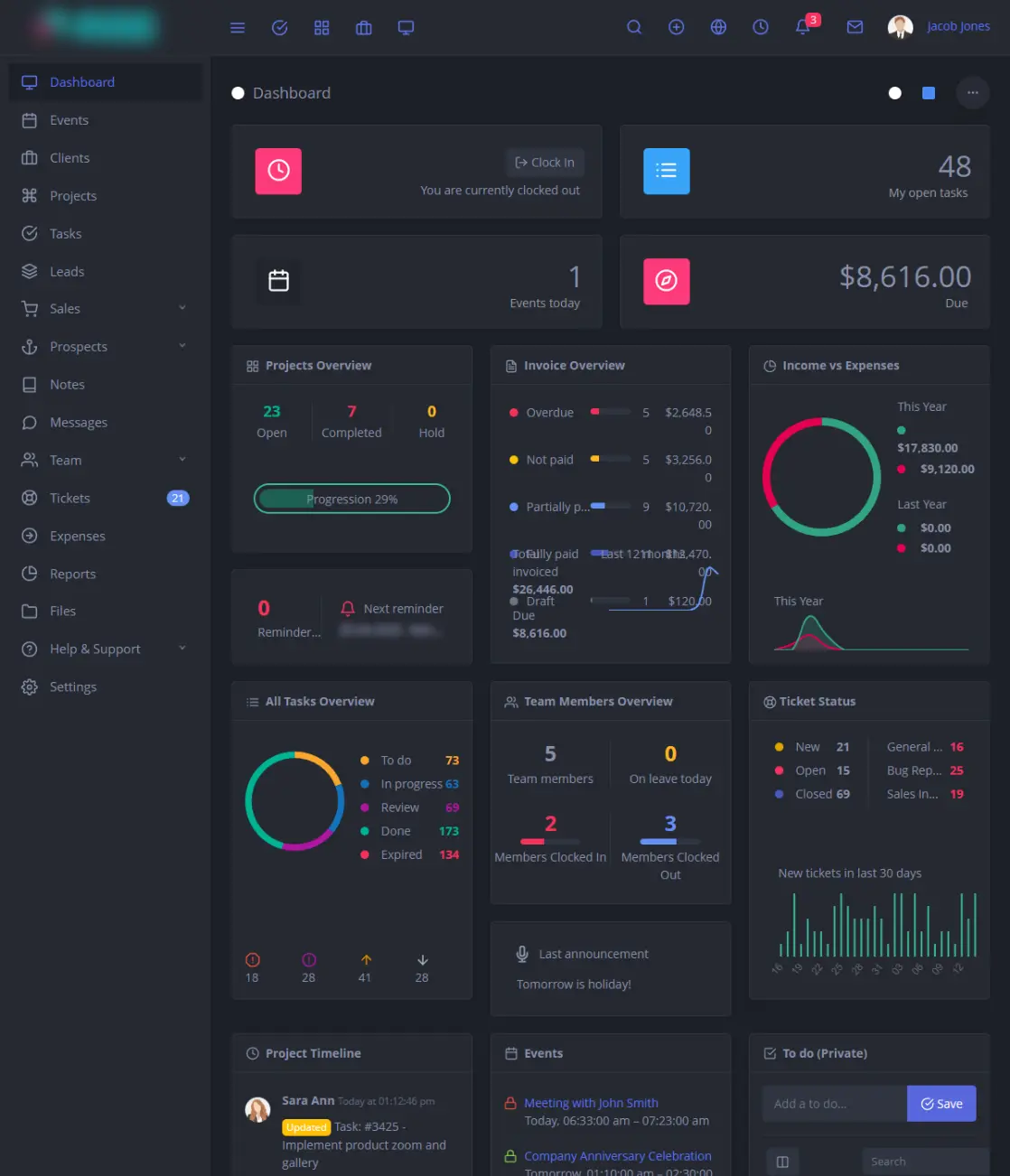
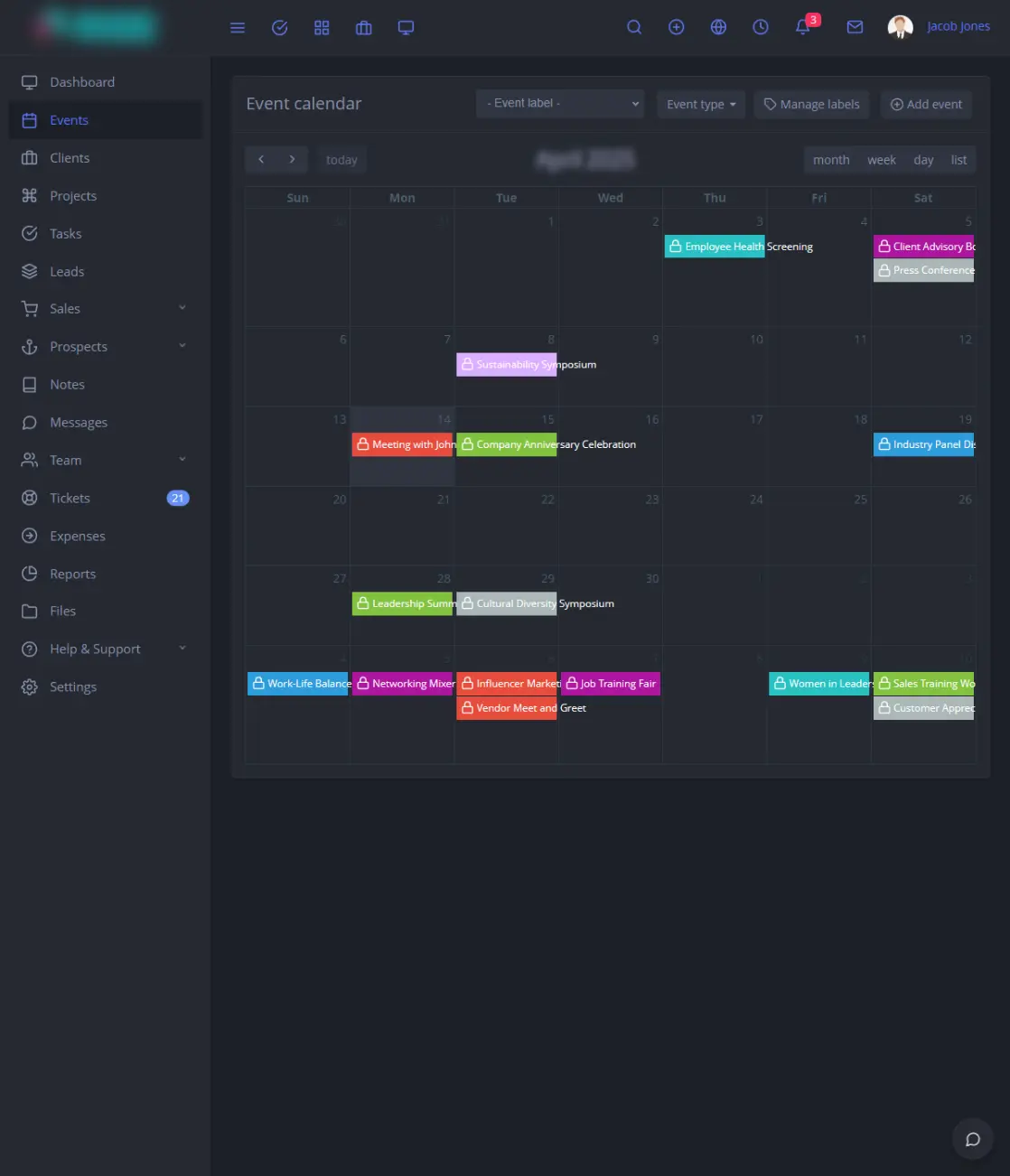
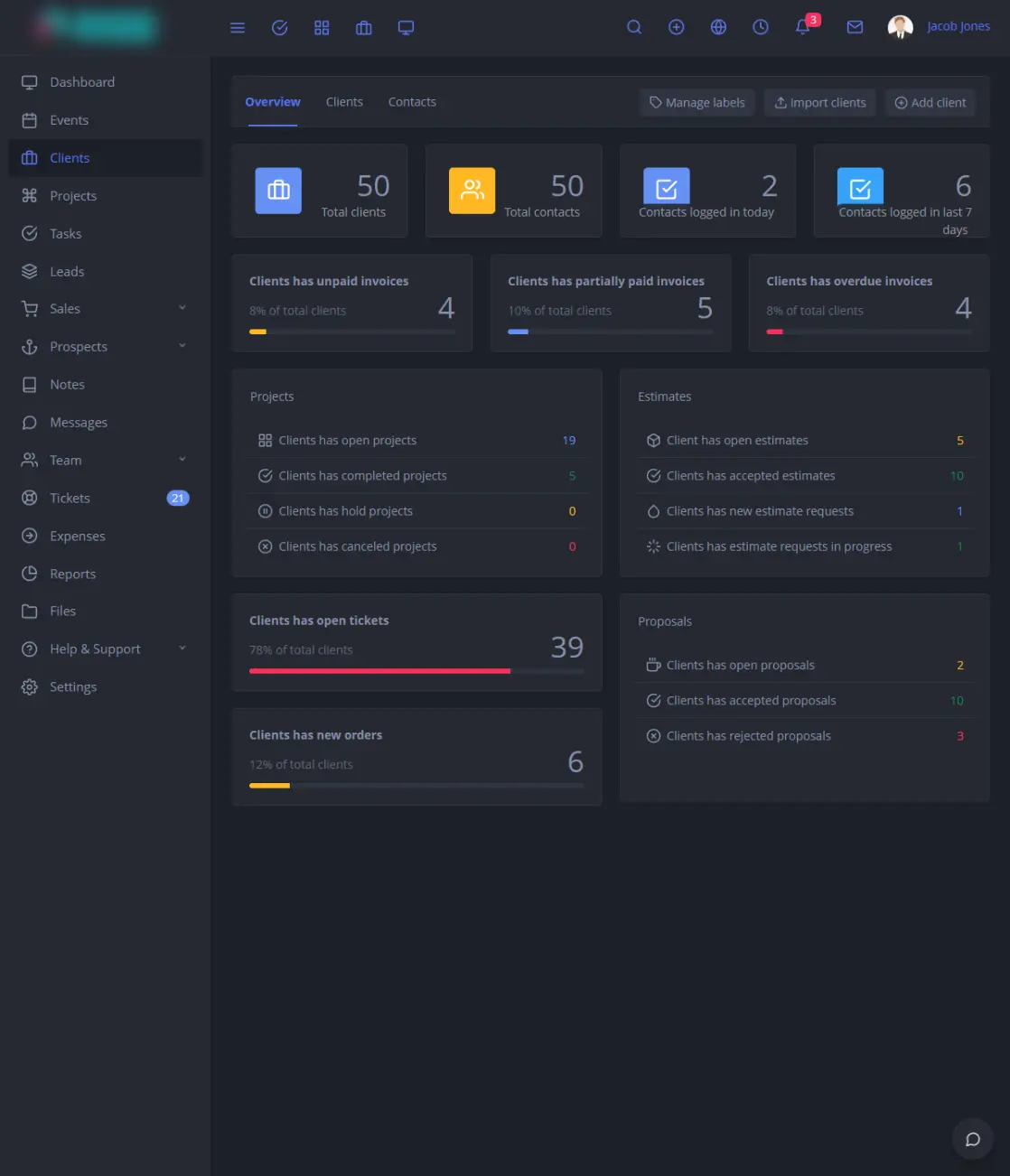
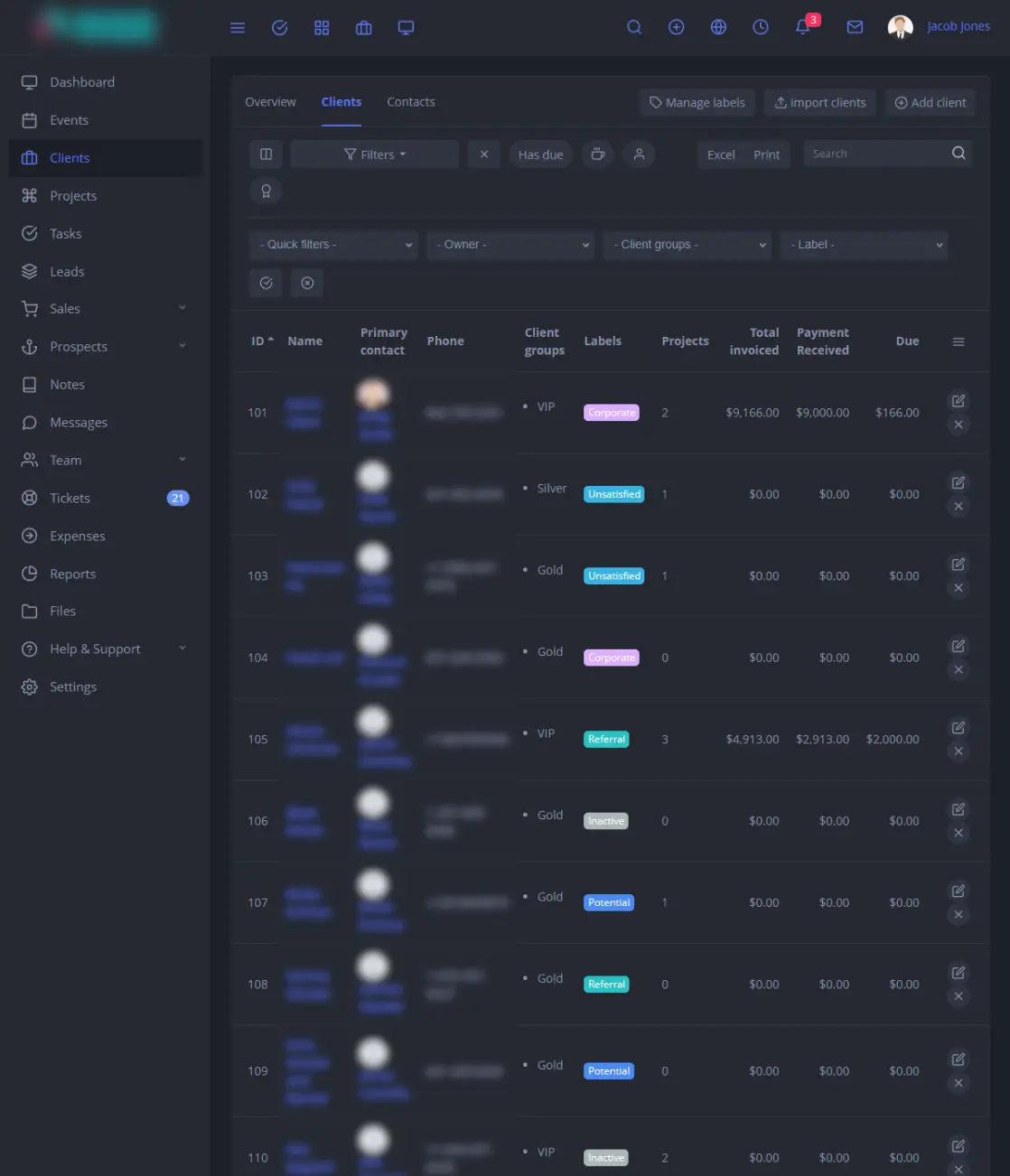
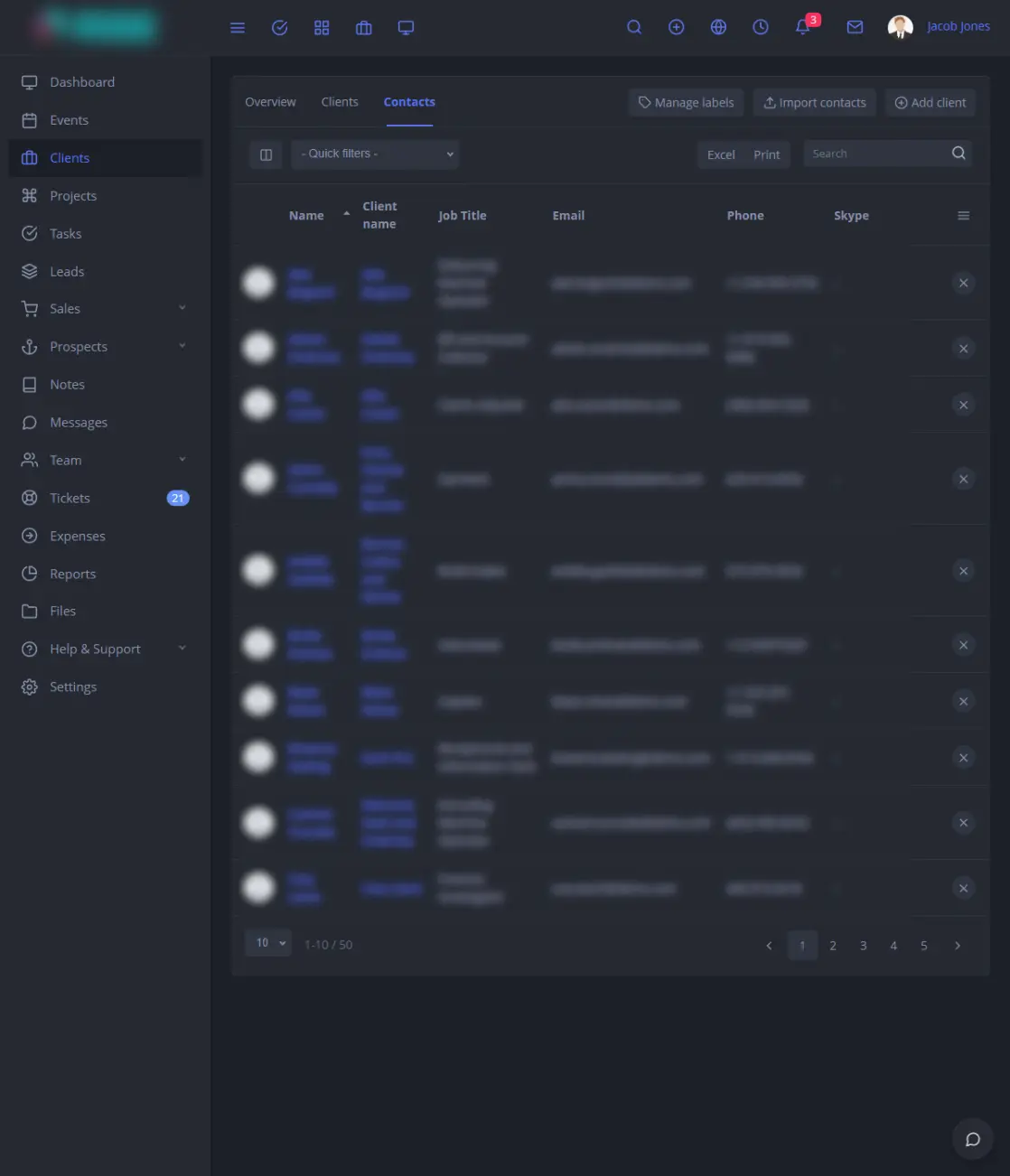
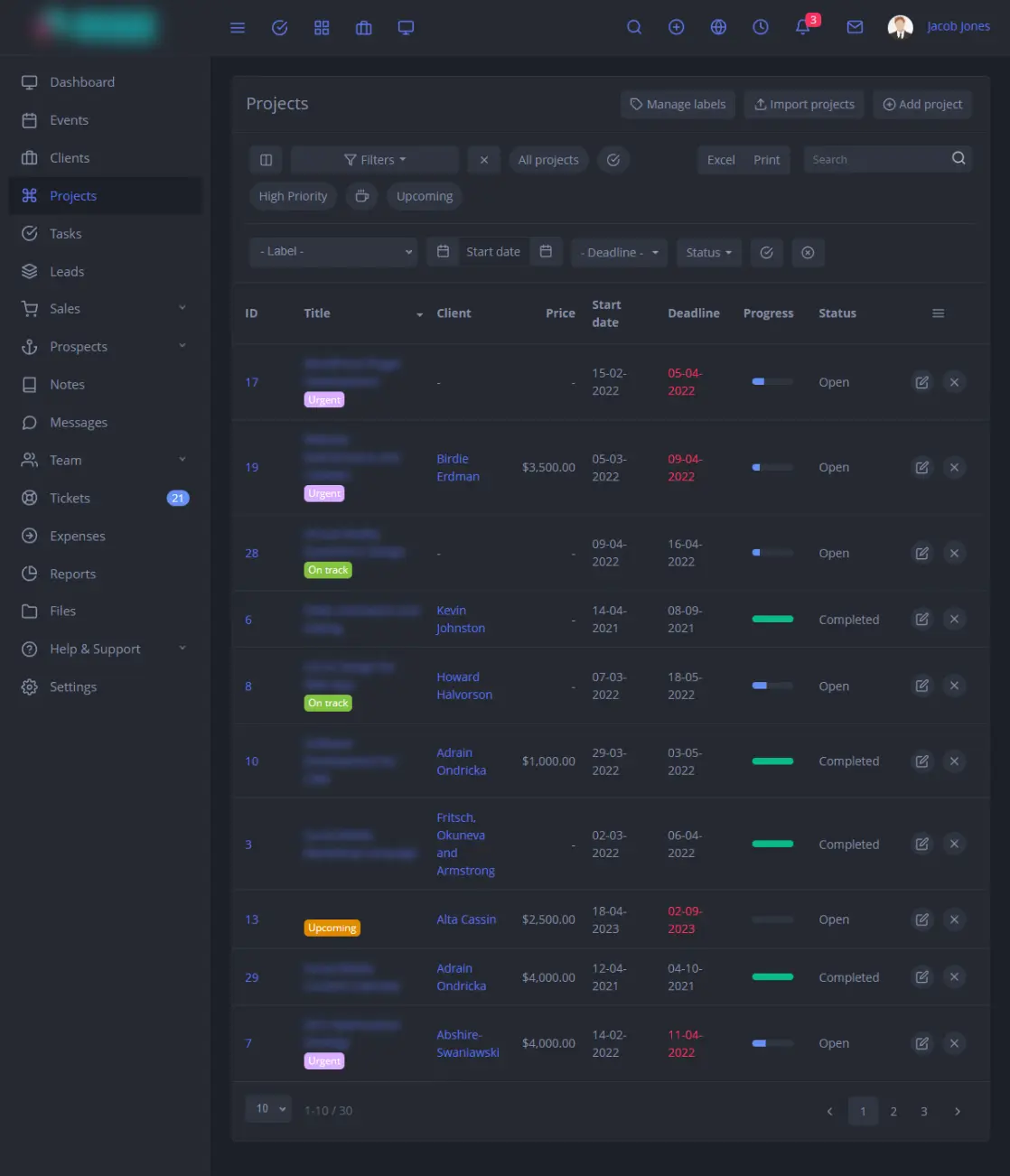

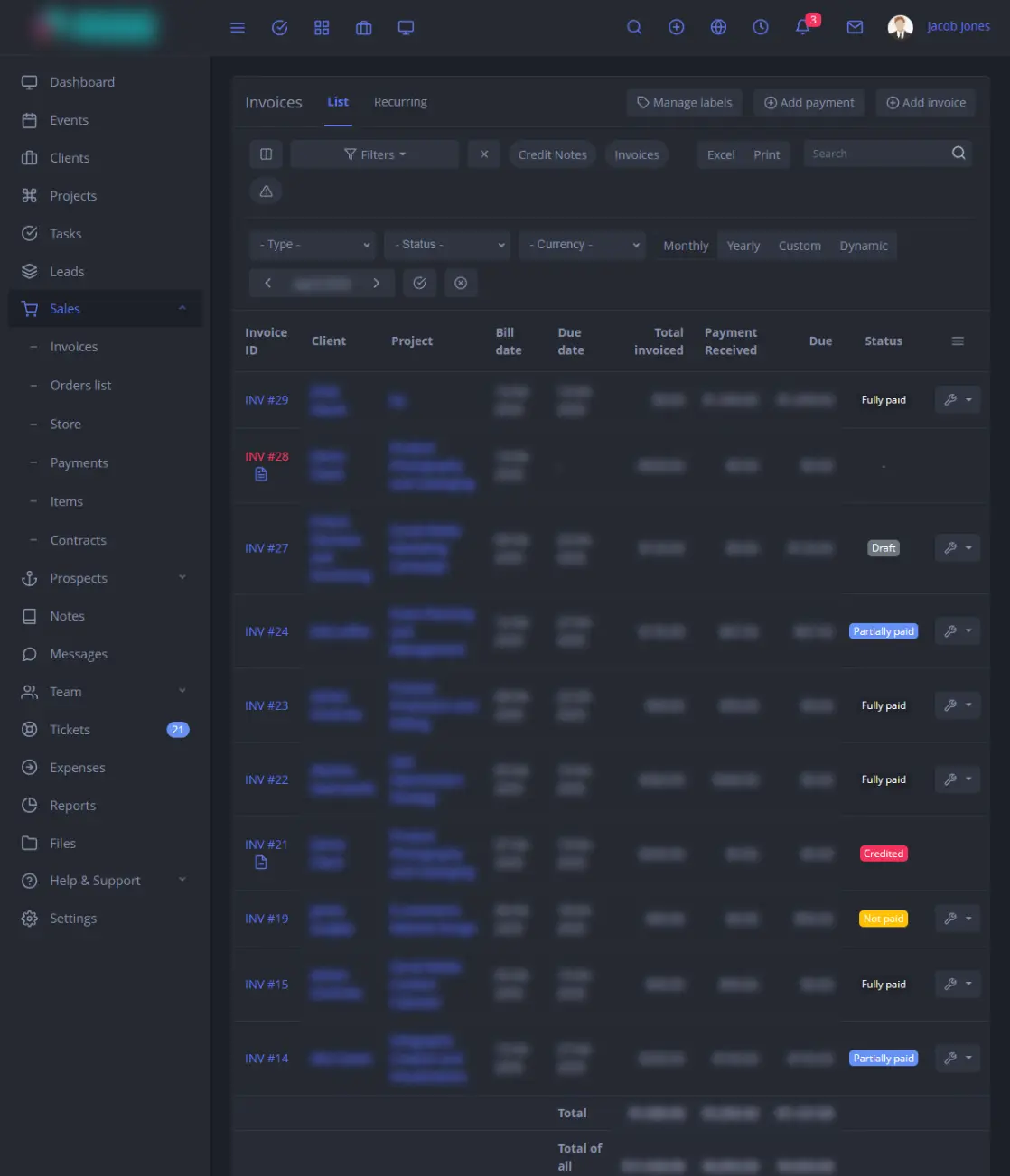

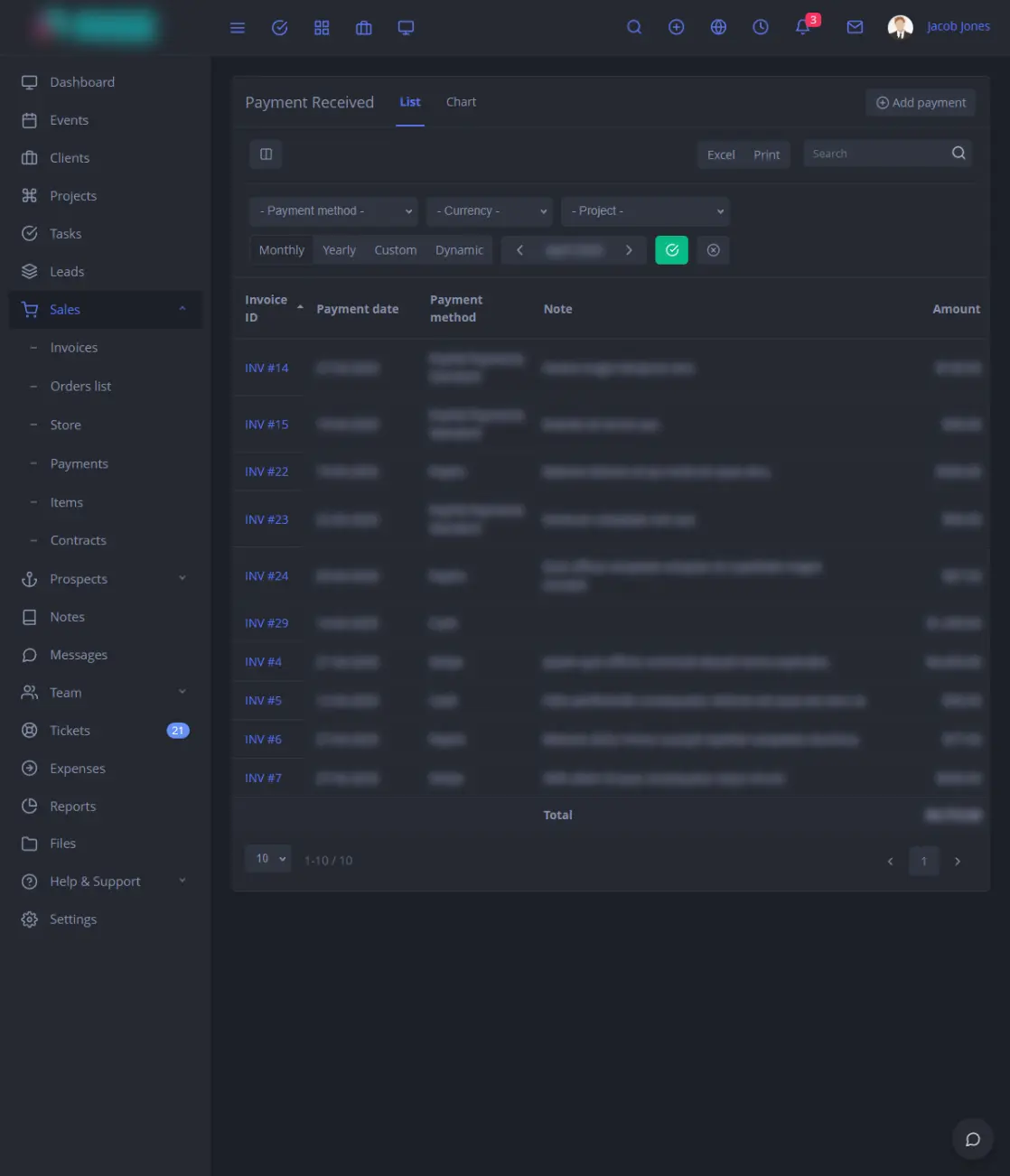
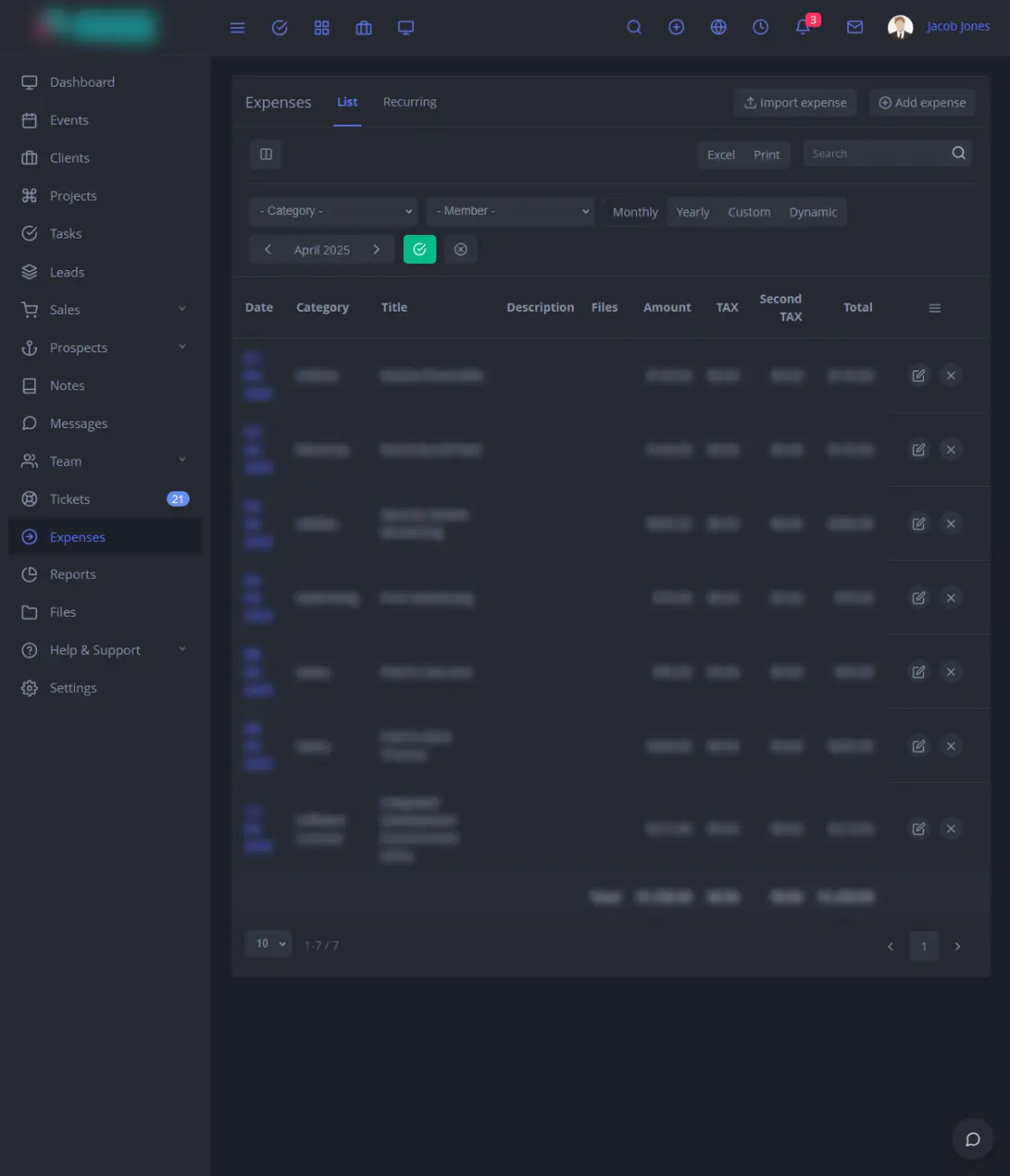
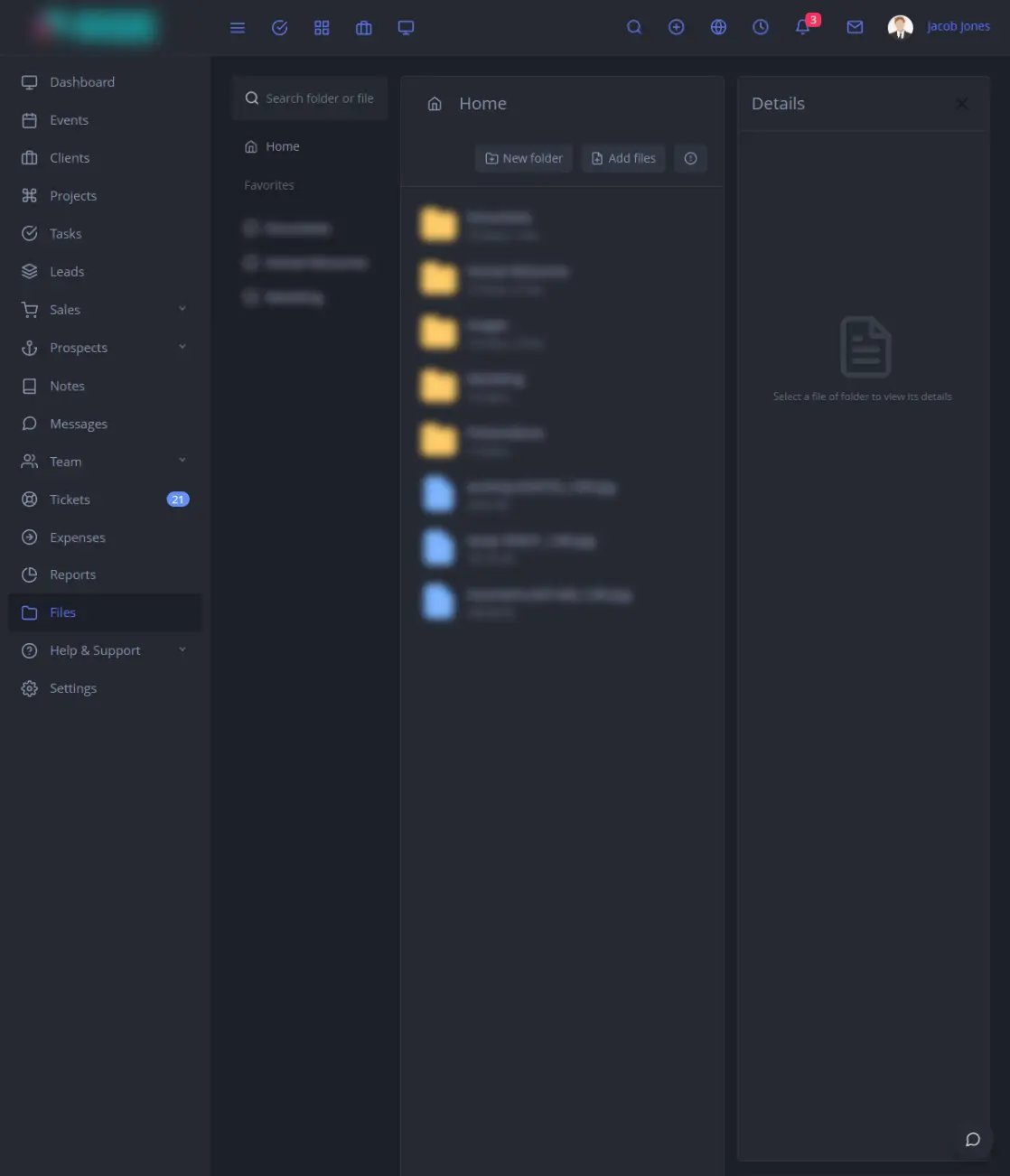
The Results
- 70% less time spent on manual data entry
- 3× improvement in CRM data processing speed
- Centralized client information across systems
- Better data-driven personalization for clients
- Reduced maintenance costs through modernization
- Scalable platform ready for future commercial distribution

